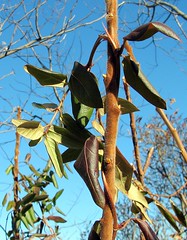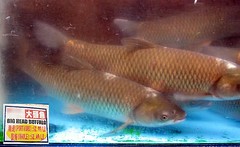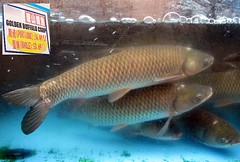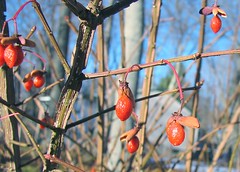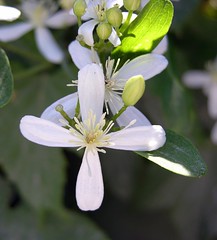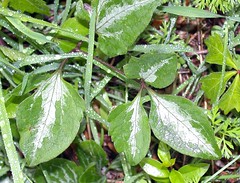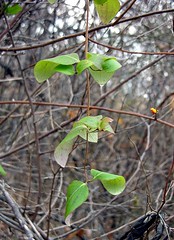Mammalaria
Call me cynical, but am I the only one who is wondering if maybe this supposedly new mammal species in Borneo is actually a non-native introduction? I have yet to see this angle addressed in any of the articles out there, yet there is this interesting quote:
"The photos look most like a lemur," he told the BBC News website. "But there certainly shouldn't be lemurs in Borneo."
- Nick Isaac, Institute of Zoology in London
There certainly shouldn't be Burmese pythons slithering around Florida either, yet it happens. IANALE (I Am Not a Lemur Expert), but I know that people do keep them as pets, and people do let their pets escape occasionally.
P.S. - I'll be quick to post an update if it turns out I am wrong.
Update: This AP article refers to the creature as a "ferret-badger" and has an artist's rendering. I'm still skeptical.
Update 2: Interesting argument over at Cryptomundo that the critter in question is actually the rediscovery of a civet thought to be extinct. With that thought, this topic continues its slide back into the endangered species realm and away from the invasive one. But I am happy to have joined in on the speculation, if only because it has brought the ISW its unofficial new mammal expert, dbpitt (see comments below). Thanks db!
